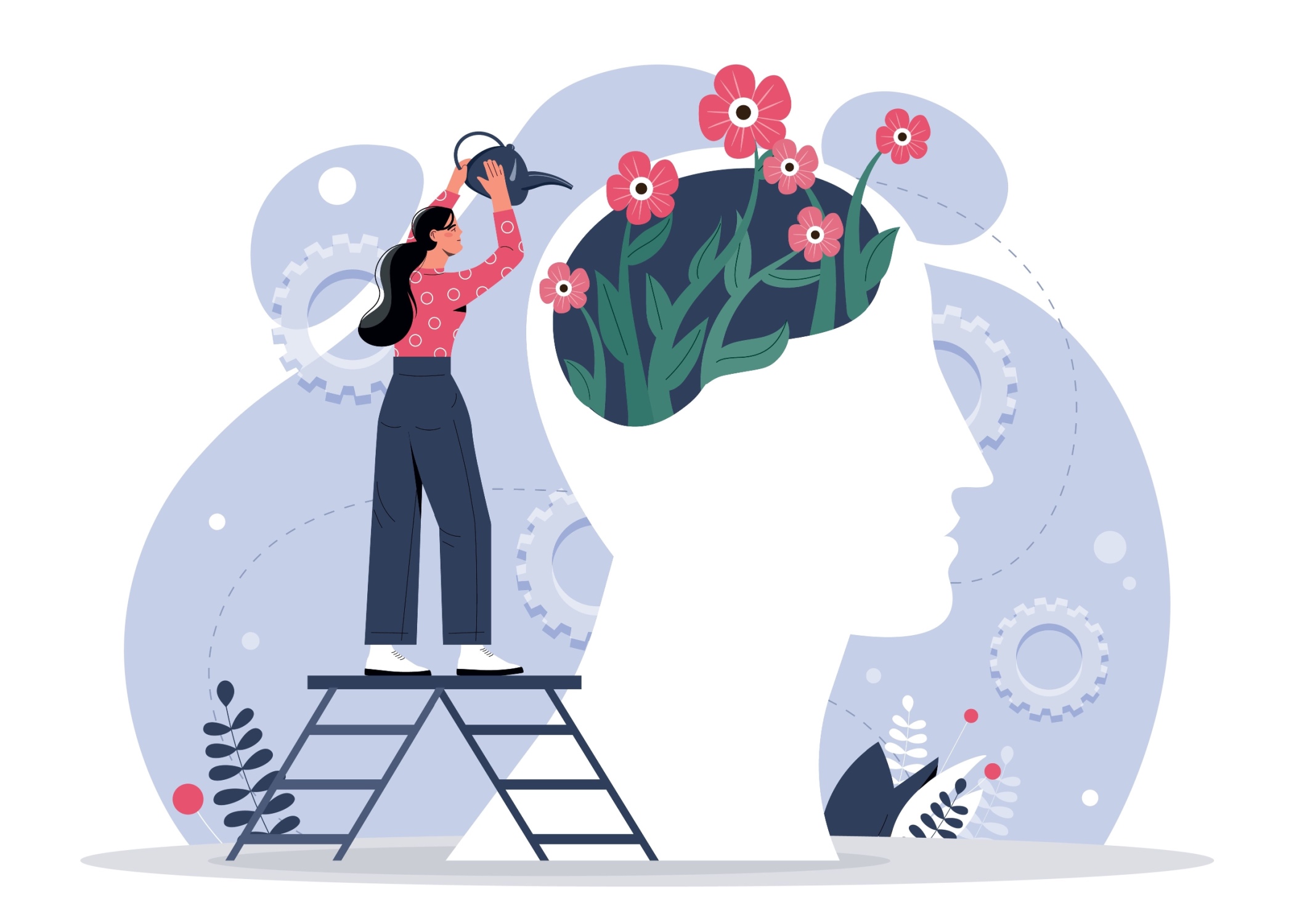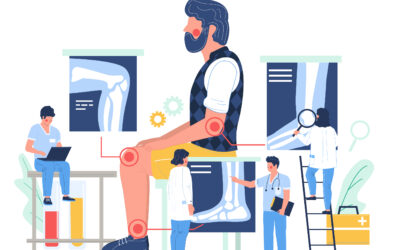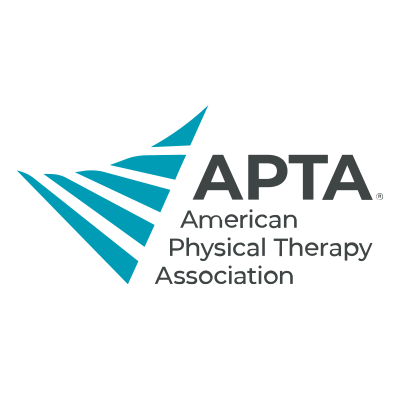By Brigit Lim, MPT
The word “yard work” may bring about mixed emotions. For some they like the satisfaction of a job completed, and others may relish the idea of being outdoors soaking up sunshine and the smell of dirt. For those whose joints always hurt after a round of yard work, or if a flare up of an injury seems inevitable, then the idea of yard work could produce negative feelings.
I personally enjoy yard work; I find it peaceful and rewarding and having a tidy yard to look out onto makes me feel relaxed. I also have a back issue which will become extremely irritated if I do not listen to my body, and I can appreciate the mental drain of wanting to complete a task but not having the stamina to do it because of a flare up.
The goal of this article is to help promote the physical benefits of yard work, ideas of how to manage flare ups and help people recognize the mental benefits of physical labor.
Yard Work Requires Strength, Flexibility and Stamina
Some of the physical benefits of doing yard work may seem obvious; lifting a shovel full of dirt takes arm strength, or using a wheelbarrow requires leg and arm strength. But it is more than just trying to power through and manhandle objects. To sweep and pick up piles of sticks and leaves ergonomically, one has to squat multiple times which requires strength, flexibility and stamina. To use loppers takes stamina of shoulder and trunk muscles, possibly balance if on a step ladder. Shoveling with safe body mechanics requires co-contraction of back muscles, the abdominals and glutes for multiple cycles plus leg strength to squat and pick-up dirt. The biggest issue we see as physical therapists is that most people (even ones who go to a gym) have no clue what their body is doing when they are not in front of a mirror. The beauty of yard work is that you have a built-in gym in your yard or patio, you just have to be trained in how to use your body to not injure it. Physical therapy’s role in this scenario is injury prevention; to know what tasks need to be done and how to help an individual develop their body awareness to cue various muscles and maintain ideal posture alignment dependent on the task.
Injury Prevention Requires Pacing
The second point of this article is injury prevention. If I wanted to run a 10K but only walked ½ mile daily, it is plausible that I could injure myself if I tried to run that distance. Yard work usually is moderately physical, and people may try to complete a checklist of tasks with the expectation they can last 4-6 hours. Depending on your daily physical activity, you may have to readjust the expectations for your body and work on pacing. For example, if you only walk 20-30 minutes daily for physical exercise, you probably should aim to spread out your yard work checklist to 1-2 tasks/day and give yourself time to stop and take rest breaks versus trying to get everything done in one day. If you know you have joints that are easily vulnerable to overuse, consider putting on a brace on your knee, wrist or back before you start a task to protect that structure from accidentally overdoing it. Lastly, if you are trying to tackle a bigger task than your physical stamina can’t realistically manage, then ask for help or hire help. Many people know what their body can handle or can feel when fatigue is setting in, but still push the limits and that is when the injury occurs. Personally, whenever I am struggling with the idea of not completing a task that day because of fatigue/soreness, I think to myself, “Is this task worth risking the back pain I have experienced in the past?” The answer is always, “No.”
Mental Benefits of Yard Work
So, what is so mentally bolstering about yard work? Well, there are numerous articles touting the benefits of exercise in combating depression, anxiety, etc., and we have discussed how physical yard work can be. There are articles about the benefits of sunlight on mood, being outside helping manage circadian rhythm and sleep patterns which are of course critical in mental health. However, from a physical therapy standpoint I view yard work as an example of helping people achieve a strategy of managing pain levels, and feel successful to return back to activities they did not think they could do anymore.
When pain takes away the ability to perform certain tasks, it can make one feel frustrated, mad, isolated, useless, and possibly a sense of loss. By giving people tools on how to pace, use ergonomic awareness, how to get stronger and more flexible and develop a better mind/body awareness to feel when their bodies are vulnerable, we have seen people return back to doing things they once thought they had to give up, including yard work.
I strongly encourage people to watch the yard work video in our video library under the ergonomic section for more detail on how to be aware of their bodies with different yard work tasks.










